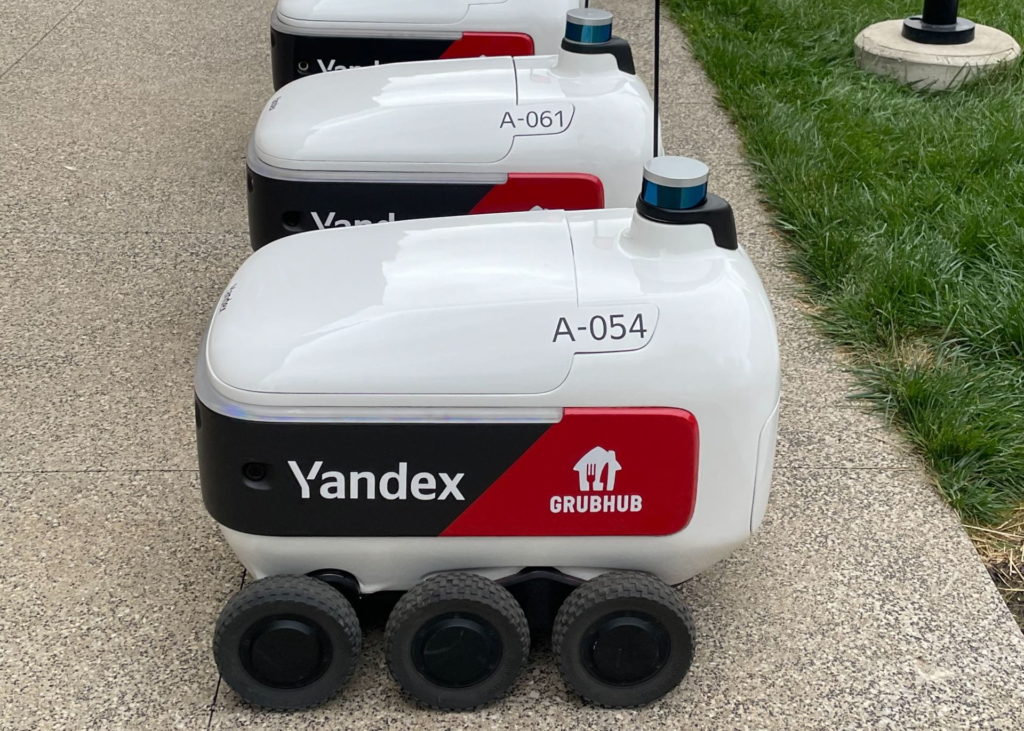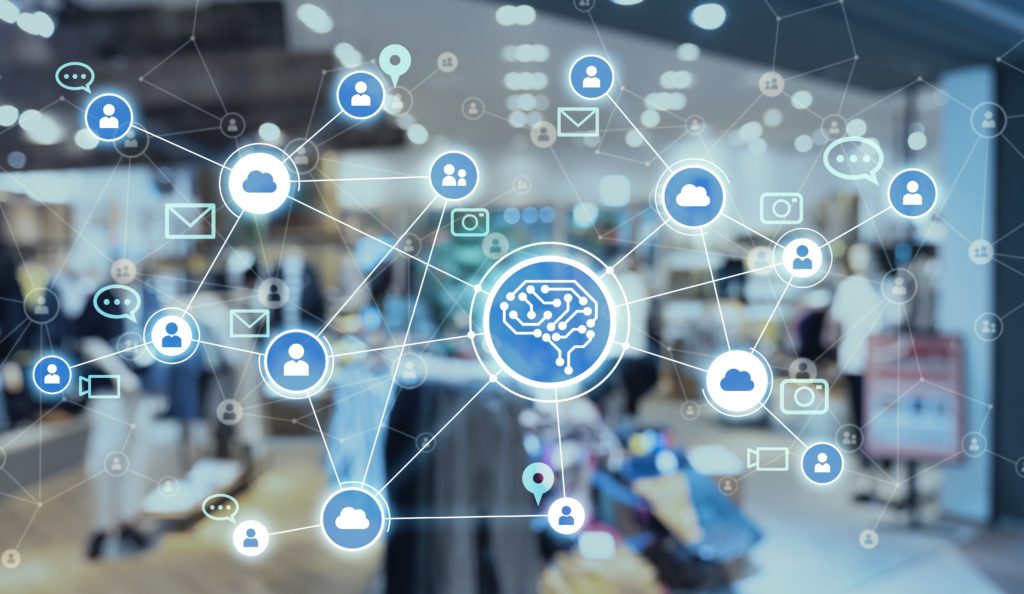To some extent, I feel bad for the retail industry. They seem to be hit first and hardest by the tribulations and changes our world faces: pandemics, supply chain disruptions, geopolitical conflicts, rapidly shifting consumer demands, emerging social platforms, new distribution channels, endless opportunities in digital, and so on. These challenges, combined with thin margins and complex operations, makes retail one of the toughest industries to succeed in.
Some questions that are top of mind include, How can you know if the changes you’re making are delivering the value you expect? How do you tie together digital and physical channels? How can you accelerate and improve decision-making?
The answer: data and artificial intelligence. Here are some of the most important ways that the retail industry is using AI to automate its operations, build its bottom line, and manage its business.
Edge AI and retail
Edge AI is the process of running AI models closer to the edge of a network instead of a central database. For example, autonomous vehicles use edge AI by running models on sensor and camera data locally. This lets the vehicle make ‘decisions’ in real-time, without incurring latency by relying on a server that could mean life or death, and means it can still operate without a connection. For companies, edge AI also means compliance with privacy laws by keeping user data closer to the source, improving security, and lowering the cost of transmission.
In retail, edge AI lets you collect and act on data directly in your store, warehouse, or facility. This might take the form of inventory robots that track and restock shelves when they’re low (Walmart is testing projects around this), using smart digital signage that adapts to the audience or market conditions in real-time, or using sensors to track customer traffic patterns to identify opportunities for cross-selling and upselling.
Amazon Go stores, the company’s extension into physical retail, are an excellent example of edge AI in retail. Amazon has always prioritized a simple customer experience and easy checkout, as we’ve experienced with their one-click-to-buy function on their website. Edge AI embedded into cameras and sensors lets the company bring that functionality into real stores, letting customers enter the store with their Amazon app, pick up items, and walk out without waiting in a checkout line.
While Amazon’s fully-autonomous Go stores may be difficult to replicate for smaller companies, you can still implement some pieces, such as:
- Linking digital price tags with pricing suggestions produced by AI on market data in real-time;
- Or you use sensors within doors or item racks to identify when items are taken, feeding into your inventory management platform.
Visual search
Visual search means using your smartphone to identify items just by taking a picture of them. This process involves image recognition, a form of AI. Google and e-commerce platforms are leaning heavily into visual search as an extension of their services.
For example, luxury clothing brand Neiman Marcus developed an app that allows users to take pictures of items they see around to pull up its information and weblink. This lets users find items without searching vague phrases on Google.
Cosmetics company Sephora built a feature into some of their stores that lets users scan their faces to receive personalized AI-based recommendations on what makeup products to buy. This is similar to other retail companies using ‘smart mirrors’ or virtual fitting rooms to showcase how different clothing items look on a shopper, connecting digital with the physical shopping experience.
Visual search is only becoming more important with the coming proliferation of smart AR glasses, and your brand needs to start thinking about how it can be used.
Predictive analytics + demand forecasting + supply chain management
AI is redefining the back end of retail. With new global challenges emerging constantly and an accelerating pace of change, it’s harder than ever to gauge consumer interest, take advantage of emerging trends, and make forecasts to guide your supply chain and operations.
However, AI has the ability to bring together large sets of data – whether user analytics, CRM data, supply chain, ERP, market sentiment, external data, POS systems, and much more – to produce meaningful predictions that help you maintain the perfect stock level.
For example, Walgreens looks at prescriptions for anti-viral medications issued across their stores to track the spread of the flu, using AI to aggregate the data meaningfully and predict which areas will be hit next. This allows them to warn residents of an area beforehand and adjust stock levels accordingly.
As another example, clothing giant H&M uses AI to forecast and understand the popularity of certain items across different locations at different seasons. This lets them pivot quickly, guide the supply chain, and optimize distribution and product placement.
Voice commerce
By voice commerce I mean chatbots, natural language processing, smart home activated commerce experiences, and even in-store AI assistants. Brands are using these to connect with customers in helpful ways while avoiding the hassle of a human customer service rep. It also lets customers receive help and information immediately, without the pain of dealing with reps or waiting on hold.
As I’ve said before, brands have to start building a sound identity and sound commerce strategy. This means that there are several questions that should be answered to understand the impact on your customers.
- What do your AI-based reps sound like?
- How do they communicate with customers?
- How are you leveraging voice channels like home assistants, podcasts, or audiobooks?
- Can AI chatbots be used in-store to help customers find products or learn more information?
- Can voice and NLP-based chat functions replace your lengthy FAQ or help page?
Robotics and fulfillment
This is one to keep an eye on for the future. Many companies are working on autonomous robotics, including drones, that are able to deliver products to customers. This helps drive down costs for last-mile delivery and increase reliability. In 2021, GrubHub collaborated with Ohio State University to offer food deliveries through small four-wheeled robots that drive around campus:

Further adoption of these systems is not a tech challenge. Autonomous robotics is fully capable of delivering anything from pizza to Amazon boxes through drones. Instead, this is a regulatory and organizational challenge. That means any day we can reach a tipping point – one important change in legislation, a newly discovered economic metric – that will ignite a rapid adoption spree of these technologies.










